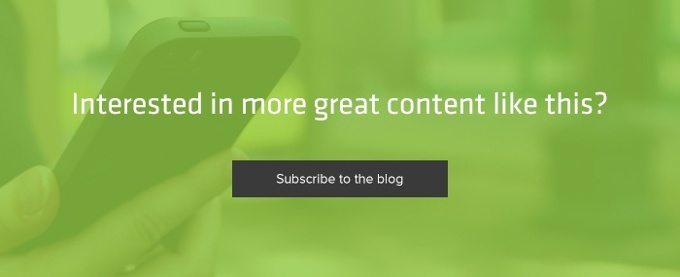Three Types of Communications Handled by CCM Software
The term “document output management” hasn’t been used much in the last 15 years. This old name for information technology focused on customer communications management (CCM) is confined nowadays to high-volume, batch-oriented printing jobs. This name-change reflects the expanding role of the software required to meet the needs of the modern customer.
Today’s CCM solutions are designed to be part of the larger digital customer experience architecture. As a result, the new definition of “document output” takes on a much broader role: print, mail, fax, email, SMS chat, in-app notifications, and more.
Let’s look at three main ways communications are created using CCM software.

Make the move to digital-first customer communications.
- High-Volume Batch Documents
Creating documents in large batches is still a basic component of customer communications. High-volume pieces get distributed to many (often all) of the customers on a company’s mailing list. Examples of this type of document are credit card statements, explanations of benefits, updates to terms and conditions, compliance-related documents, and other mass-produced “relationship” communications.
A high-volume batch document delivers messages to the masses while also providing a great opportunity to reinforce brand strengths. Using CCM software for this task ensures your customer communications have uniformity piece-to-piece and over time. Batch creations of documents also ensures that every customer receives the information at the same time. Nobody slips through the cracks when you update your Terms of Service. By incorporating essential features such as basic personalization through the use of reusable templates, CCM software ensures you maintain brand continuity from each message to every customer.
- On-Demand Services
When you combine CCM software with other applications (e.g., a chatbot, customer portal, or IVR system), these combined applications can create customer communications “on demand”. Generally, a well-integrated CCM solution delivers responses in real-time (i.e.,unscheduled) to a larger array of customer interactions: the expected response time is short; the customer demand is urgent; and thus, the distribution becomes more efficient.
The application that initiates the response can choose to create a singular communication, to aggregate individual responses into a batch job, or to generate a message to a pre-defined list or segment of recipients. The initiating application provides the data (or a pointer to the data) required to personalize the communication, and specifies the template to be used. This template may include conditional logic as well to further personalize each communication to the individual recipient
- Interactive Customer Communications
Not every communication can—nor should be—automated. For example, when the data don’t exist to resolve a variable, or when conditional logic is insufficient to address the variability of the content, then a human must intervene. These scenarios represent the third form of customer communication creation: interactive.
Customer-facing employee must send these types of communications on an ad-hoc basis. The employee manually chooses the template and recipient(s), and then inputs any information not already provided via automated integration with a data source. The input can reflect new information or address a special circumstance that falls outside of rules-based business process management. While integrations are important, a good interactive CCM solution must provide this type of pre-emptive interactivity to remain business user-friendly and provides an intuitive user interface for creating "digital first" communications.
To see a CCM solution with the best of the past and an eye on the future, check out Topdown’s cloud-native INTOUCH SaaS solution.
Photo by rawpixel on Unsplash (no longer available on the site)







